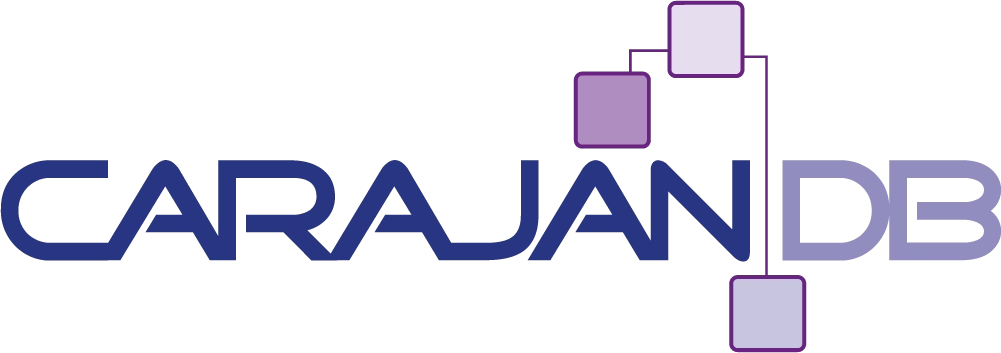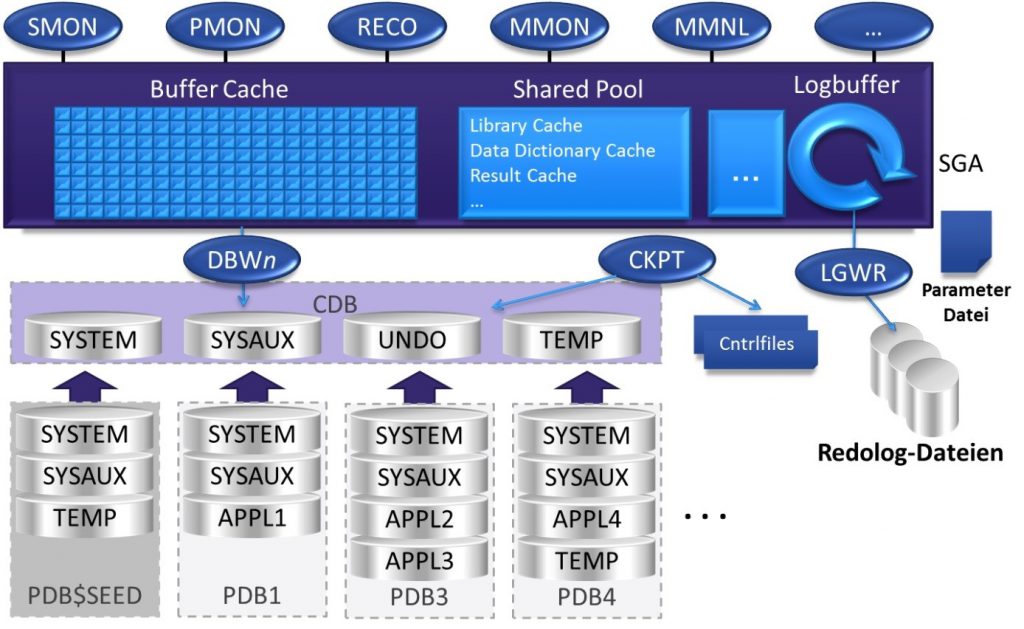Standard Edition 2
No Standard Edition and Standard Edition One anymore! In the Oracle MOS Note 2027072.1 Oracle announces that from Oracle 12c 12.1.0.2 on there won’t be a Standard Edition and Standard Edition One anymore, but only a “Standard Edition 2” that is limited on servers with two sockets. However the Standard Edition 2 contains Oracle RAC for two nodes maximum. How the licensing will look like and what consequences this brings to upcoming upgrades or migrations remains to be seen. We keep you posted! Addition from July 8th 2015: All Information regarding Standard Edition 2 was deleted from the MOS website!
Standard Edition 2 Blogbeitrag lesen »



